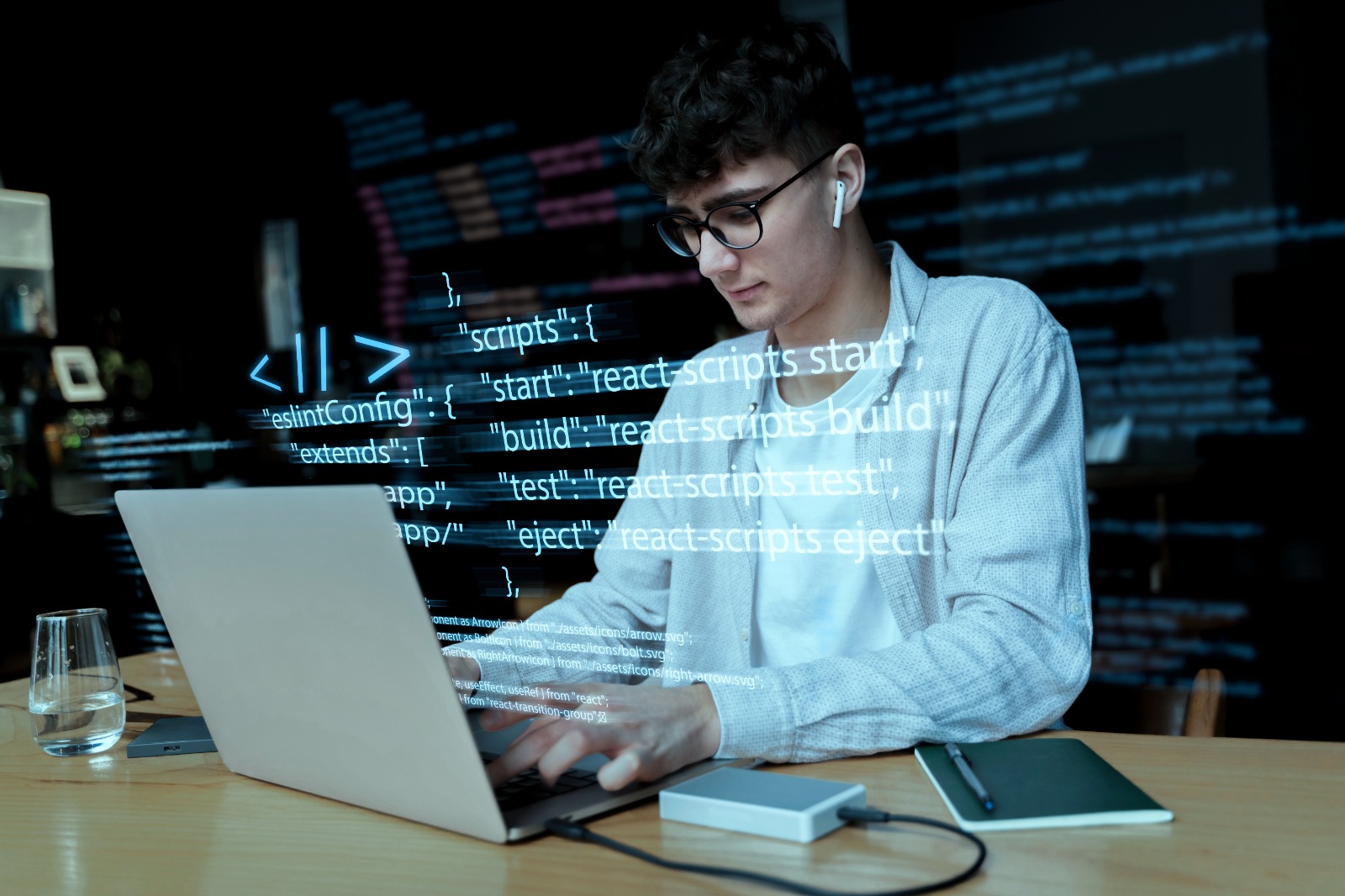
Beginner’s Guide to Debugging: How to Solve Coding Errors Faster
When you start learning programming, facing errors is normal. In fact, every programmer — even experienced ones — spends a lot of time debugging. Debugging means finding and fixing problems in your code so that it works as expected.
Many freshers feel frustrated when they see red error messages on their screen. But the truth is, debugging is not a problem — it’s a skill. If you learn to debug well, you can save hours of time and become a better coder.
In this guide, we will understand some simple ways to solve coding errors faster.
1. Stay Calm and Read the Error Message
The first step in debugging is to not panic. Many beginners skip reading the error message and start changing code randomly. This often makes things worse.
Error messages are like clues. They tell you what went wrong and where it happened. For example, if you see SyntaxError: unexpected token, it means there’s a typing or formatting mistake in your code.
Take time to read the error line and the file name mentioned. This will give you a starting point.
2. Understand the Problem Before Fixing It
Sometimes, beginners quickly try random fixes without understanding the actual cause. This can lead to more confusion.
Before you start making changes:
- Read the code around the error line.
- Check if you have missed a semicolon, bracket, or quote.
- Think about what your code is supposed to do and what it is doing now.
When you clearly know the problem, you can fix it faster.
3. Use Print Statements or Logging
If your code is not giving the expected result, add print statements to check what is happening at each step.
For example, in Python:
print("Value of x:", x)
This helps you see how variables are changing and where things go wrong.
In bigger projects, you can use logging tools instead of print statements.
4. Check Your Recent Changes First
If your code was working before and suddenly stopped, the problem is probably in your latest changes.
Review what you modified recently. Sometimes one small change — like renaming a variable or removing a line — can cause the whole program to fail.
5. Use Online Resources
You are not the first person to face a coding error. Millions of programmers share their solutions online.
- Stack Overflow – Search for your error message here.
- Official Documentation – Read language or library docs for correct usage.
- YouTube Tutorials – Sometimes a video explanation makes things clear.
Copy the exact error message into Google search, and you’ll often find someone else who faced the same problem.
6.Debug Step-by-Step
Don’t try to fix the whole code at once. Instead, break the problem into smaller parts and test them individually.
For example:
- Test if the input is working.
- Test if the calculation is correct.
- Test if the output is displayed properly.
By checking each step separately, you can quickly find where the error starts.|
7.Take a Break
Sometimes, looking at the code for too long makes you blind to the problem. If you can’t find the error after 20–30 minutes, take a short break.
Go for a walk, drink water, or do something else. Many times, the solution will come to you when you return with a fresh mind.
8. Learn from Your Mistakes
Every debugging session is a learning opportunity. Keep a small notebook or file where you note down:
- The error you faced.
- The reason for the error.
- How you solved it.
Over time, you’ll build your own “error library” which will help you solve similar problems faster.
Debugging is not just about fixing errors — it’s about understanding how your code works. The more you practice, the faster you’ll become at finding and solving problems.
Remember: Every great programmer was once a beginner who struggled with errors. So, stay patient, use these techniques, and make debugging your superpower.